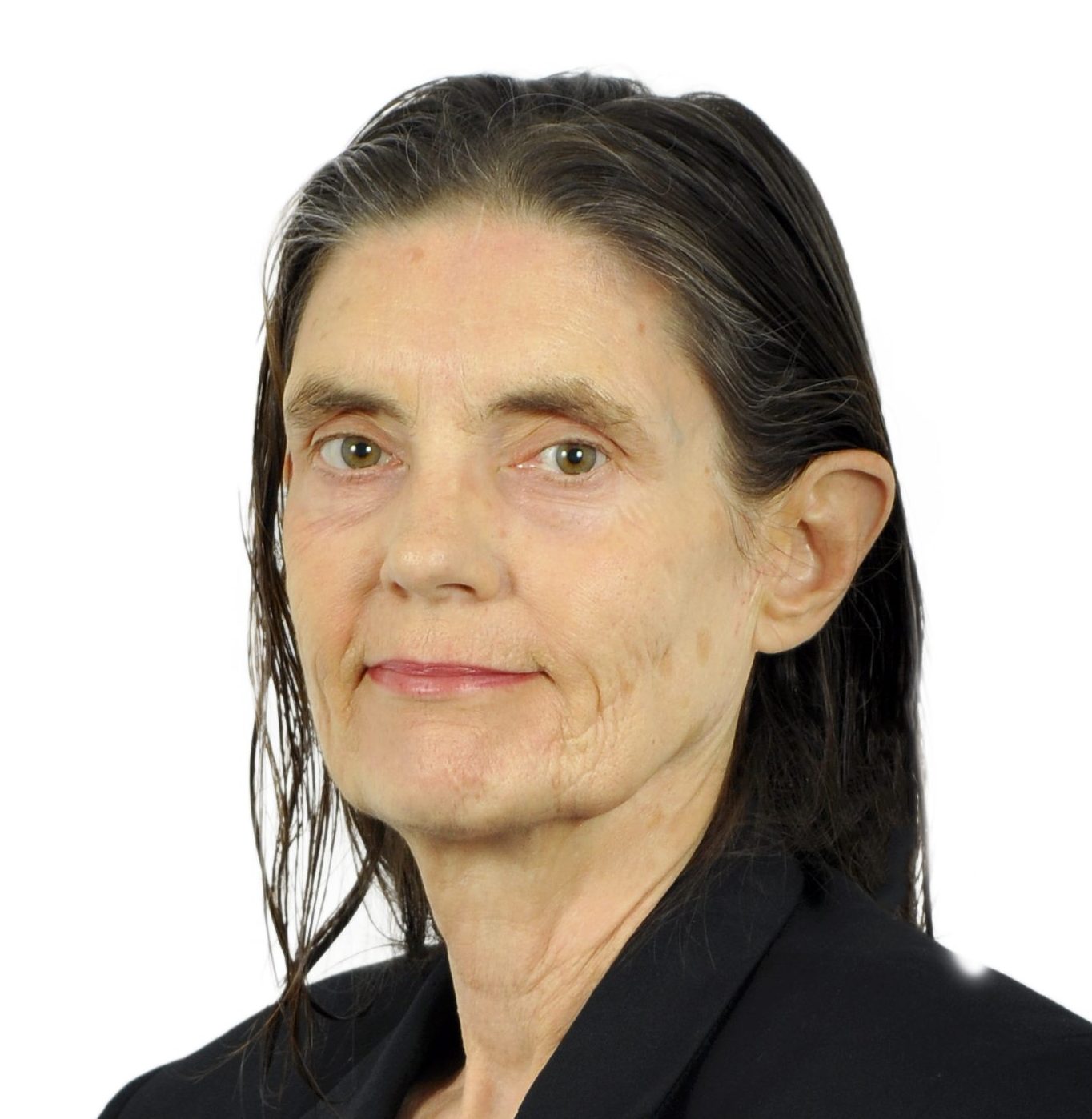S&P Global Offerings
Featured Topics
Featured Products
Events
S&P Global Offerings
Featured Topics
Featured Products
Events
S&P Global Offerings
Featured Topics
Featured Products
Events
Solutions
Capabilities
Delivery Platforms
News & Research
Our Methodology
Methodology & Participation
Reference Tools
Featured Events
S&P Global
S&P Global Offerings
S&P Global
Research & Insights
Solutions
Capabilities
Delivery Platforms
News & Research
Our Methodology
Methodology & Participation
Reference Tools
Featured Events
S&P Global
S&P Global Offerings
S&P Global
Research & Insights
S&P Global Offerings
Featured Topics
Featured Products
Events
Support
16 Jul 2020 | 10:31 UTC — Dubai
Highlights
Iraq has largest flaring in Middle East
Saudi flaring drops 37% in 3 years
UAE's ADNOC has zero intentional flaring policy
Dubai — The Middle East is making progress in cutting natural gas flaring even as the wider region including North Africa, as well as the US, is showing no sign of a reduction, wasting billions of dollars in lost revenue if the gas was used.
Saudi Arabia's gas flaring has dropped 37% in the past three years, while Iran's is down 29% and Qatar cut flaring by 12%, figures from London-based FGE show.
Factors contributing to the drop are OPEC+ output cuts, which reduced associated gas production, US sanctions, which curbed Iran's crude output, and improved management in gathering flaring gas for re-injection into oil fields such as in Oman, Siamak Adibi, head of the Middle East gas team at FGE in London, told S&P Global Platts.
The region still flared 3.4 Bcf/d in 2019, equivalent to the UK's gas output, even as Saudi Arabia, Iraq, Oman, Bahrain, Kuwait and OPEC have endorsed the World Bank's zero routine flaring target by 2030.
"The Middle East governments had ambitious targets to reduce gas flaring but they could not achieve those targets," Adibi said. "In Iraq, they had zero flaring policy by 2021 several years ago. Later they pushed the target to 2023. It is unlikely they can achieve the target even by 2030."
Flaring deprives countries of the economic benefits that would come if the gas associated with pumping oil was processed and sold to market, rather than burned into the air. The Middle East and North Africa region could generate up to $6.4 billion/year by capturing gas rather than flaring it, according to a July 15 Chatham House commentary by Adel Hamaizia and Mark Davis.
Across the MENA region, flaring accounts for 40% of the world total, with nearly 6 Bcf/d of gas flared generating 300 million-500 million mt of C02-equivalent emissions per year, according to the report. US flaring jumped to a record 1.521 Bcf/d in 2019 on higher crude output and limited pipeline capacity to move gas out of the region, according to Andrew Cooper, a quantitative analyst with S&P Global Platts Analytics in Denver.
Zero routine flaring should be achievable in most Gulf countries except for Iraq, which is hindered by a lack of investment and a "lack of coordination with power," Robin Mills, CEO of Qamar Energy, said. "The GCC countries still flare quite a bit, which is crazy."
Iraq dominates the list of gas flarers in the Middle East, with flaring up 4% in the past three years, according to FGE. Due to a lack of adequate infrastructure, Iraq burns off a large amount of gas from its huge southern oil fields. With Iraq committed to reducing crude output as part of the historic OPEC+ cuts, oil production will be lower and gas capture projects will be delayed, Mills said.
Basrah Gas Co. is developing plans to capture associated gas from southern fields, and expects the project to be onstream in the next few years, a spokesperson for its joint venture partner Shell told Platts.
The project could add 400 MMcf/d of gas capturing capacity, increasing Basrah Gas' total capacity by 40%, the Shell spokesperson said.
When online, the facilities could produce enough gas to generate what is equivalent to 1.5 GW of electricity, or enough to power more than 1 million homes, according to Shell.
Aramco's flaring has declined as gas output increased to 9.938 Bcf/d in 2019 from 9.849 Bcf/d in 2018, according to its 2019 annual report. About 70% of Saudi Arabia's gas output is associated gas, according to Adibi.
"They have managed gas flaring pretty well, despite a large part of gas production being associated gas," Adibi said. The kingdom's reduced flaring last year is largely attributable to lower oil production, he said.
Saudi Aramco has a master gas system that captures associated gas during crude oil production and then processes it and makes it available to industries and utilities across the kingdom. It is used as a feedstock for the petrochemical industry in Saudi Arabia, and also for power/electricity generation for industries such as steel, aluminum and water desalination.
The drop in Iran's gas flaring in recent years is due to US sanctions imposed on the country and subsequent lower crude production, he said.
The increase in UAE gas flaring, which Adibi described as "quite small," is due to higher associated gas production. Abu Dhabi National Oil Co., the country's biggest energy producer, has a zero intentional flaring policy, which has reduced the volume of natural gas flared by more than 90% since the company started the policy.

